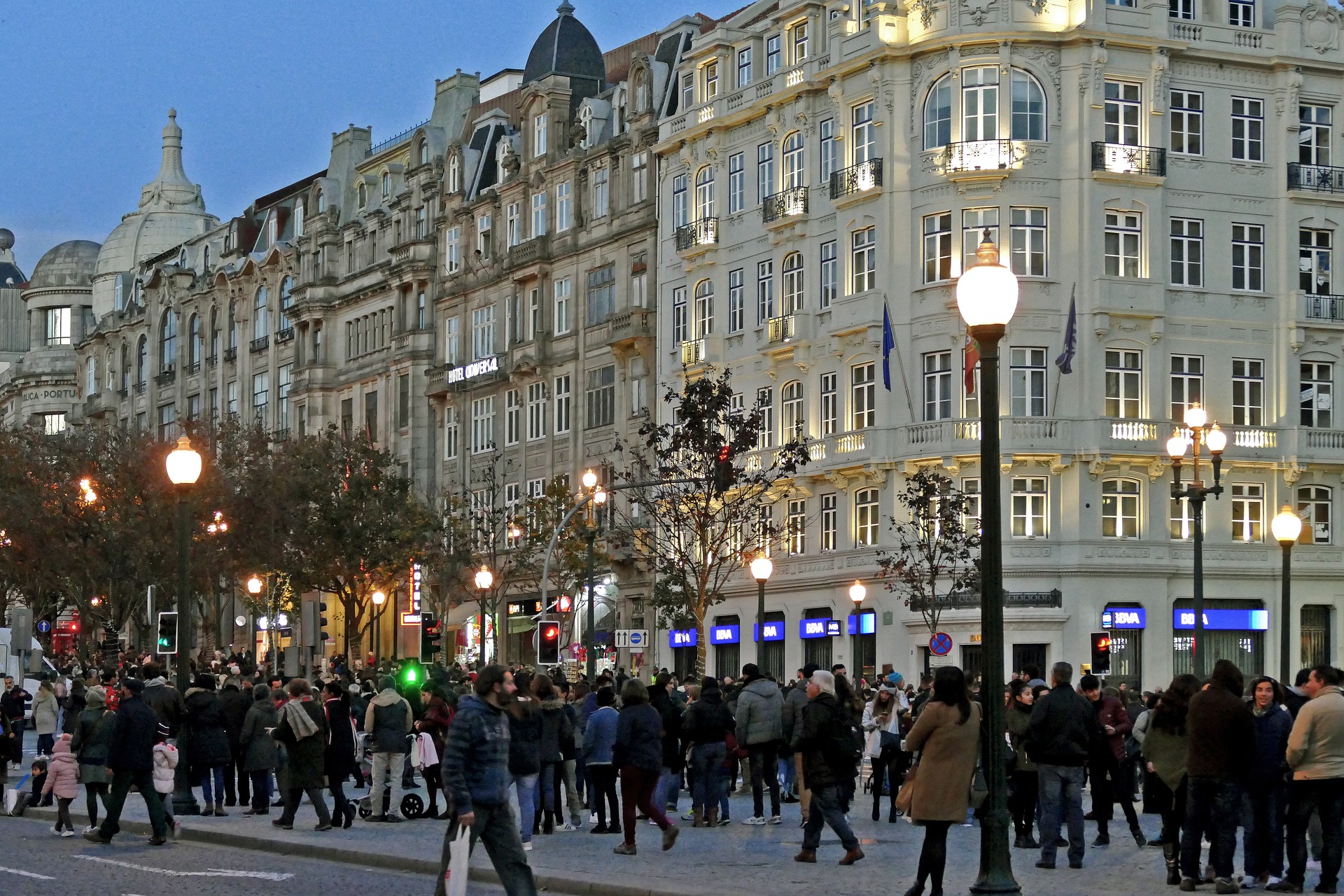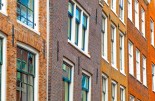La Française: European commercial real estate are at an inflexion point
La Française: European commercial real estate are at an inflexion point

European commercial real estate markets are at a turning point and as expected, softening monetary policy has given investors more visibility regarding asset valuations.
With disinflation perhaps happening faster than expected, the ECB may ease monetary policy more quickly and further, allowing real estate to reemerge as an attractive asset class and as an important portfolio diversifier.
Recovery of European investment market
For the third consecutive quarter, European commercial property investment volumes are rising, confirming that real estate markets have reached an inflexion point.
The exception is France, where cumulative investment volumes over the past twelve months fell again in the third quarter. In France, the impact of monetary policy easing was offset by uncertainty regarding the viability of the Barnier administration and the overwhelming size of French public debt. During the first nine months of the year, €10.1 bn were invested in commercial real estate in France, down 11% year-on-year.
Investors continued to diversify their portfolios, showing a clear preference for demographic-driven real estate (i.e., healthcare and managed residential real estate), hotels and logistics. Offices continues to fall, penalized by investors' 'wait and see' attitude.
In France, the decline was twice as sharp in the Grand Paris region as in the regions (-56% vs. -28% according to provisional data). The retail sector is becoming more attractive, driven by investor interest in staple stores and retail parks. Alternative assets remain attractive because of their defensive profile and size. Investors are interested in assets for which they do not need funding.
Varying recovery rate for each asset class
The sudden rise in risk free interest rates over the last two years led to a rise in real estate yields and therefore a price correction for all asset types. The extent of the adjustment varies however significantly depending on the asset segment.
In Europe, yields on shopping centers and secondary offices increased by more than 200 basis points compared to their all-time lows. Over the same period, hotels, healthcare and managed residential increased by less than 100 basis points.
During the first nine months of 2024, increases in real estate yields were more contained: 9 basis points on average for prime offices and 6 basis points for logistics. Some asset classes are even experiencing slight drops in yield year to date. Although these drops remain marginal, they confirm that real estate markets are tipping into a new cycle.
French office letting market, where supply is weighing on rents
With 412,000 m² in transactions of the course of the third quarter, take-up in Ile-de-France amounted to 1.3 million m² over the first nine months of the year, down by 9% year-on-year. Given uncertainty surrounding the French political situation, companies have put off their long-term real estate decisions.
After a strong start to the year, large transactions slowed abruptly in the third quarter and show no sign of a turnaround in the fourth quarter. In the longer term, the shift towards hybrid work models, favoring more in-office work, could spur demand.
Market polarization continues. Central locations continued to be favored by users. For example, over the last nine months, 55% of office space take-up was in Paris intra Muros (inner Paris). Peripheral locations, on the other hand, struggled to attract new users while vacancy rates peaked.
Although prime rents continued to rise in central locations, the predominant 'wait and see' approach of users is putting a cap on rents overall. After several years of indexation, passing rents are above market value in certain areas, such as La Défense or the Northern bend. Lease renegotiations are common and often include incentives.









